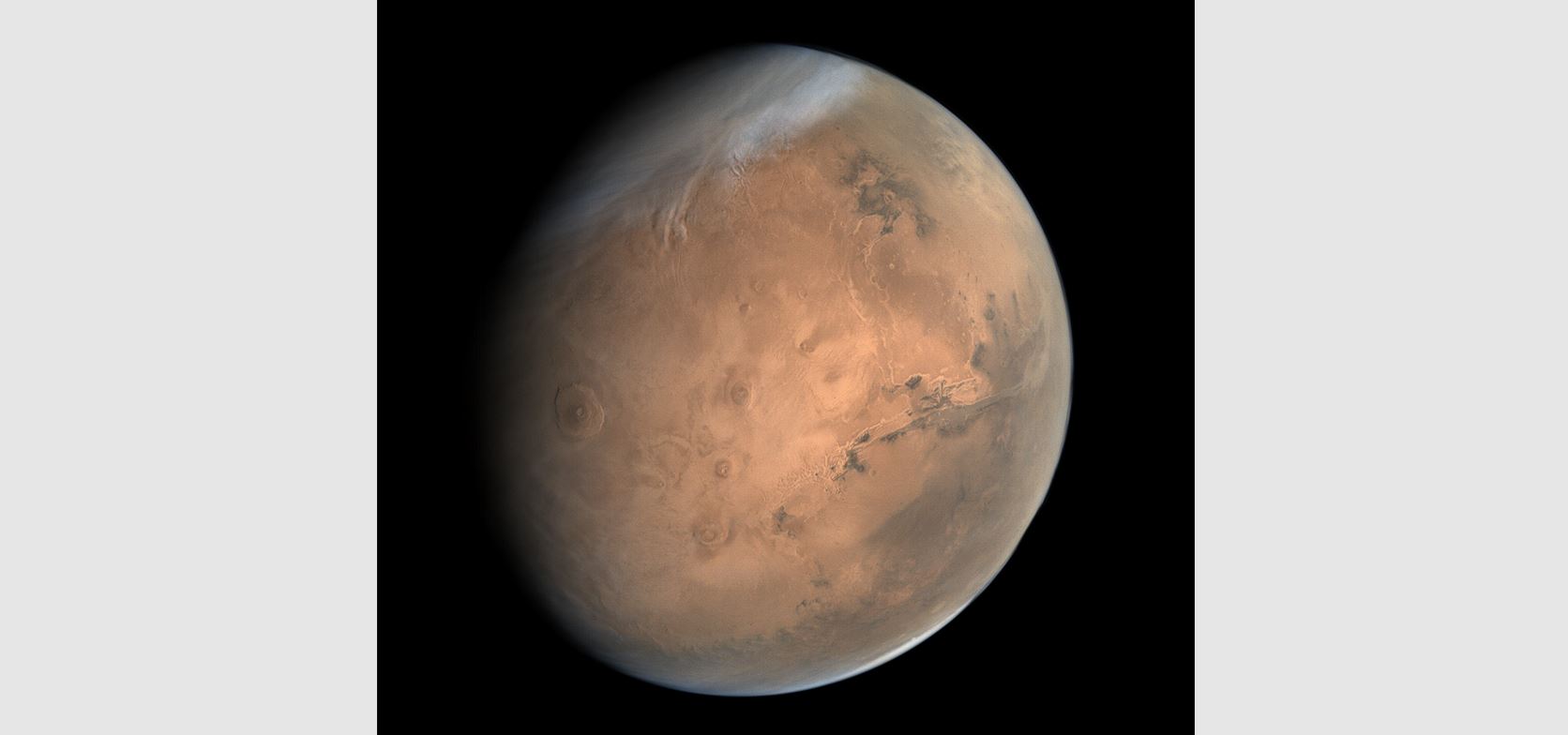Unlike Earth, there are millions of planets that have permanent day sides bathed in the light of their star, and permanent night sides cloaked in darkness. The area between these two sides is called the “terminator zone” and is a logical place to search for other life in the galaxy, says a new study.
Much like the Moon is to Earth, many planets are tidally locked to their suns, meaning that the planet takes the same amount of time to spin on its axis as it does to orbit the sun. This results in the planet always showing the same face to its sun, which in turn results in a permanent light side and a permanent dark side. Neither side would be great for life, as the daylight side is likely to be scorching hot with no liquid water remaining, and the nighttime side would be unimaginably cold, with liquid water being frozen solid.
However, between these two extremes is a land bathed in eternal twilight known as the terminator zone, where the temperatures and conditions could be just right for liquid water – and, therefore life – to exist. Or so say astronomers from the University of California, Irvine (UCI).
Read more: New Atlas





































